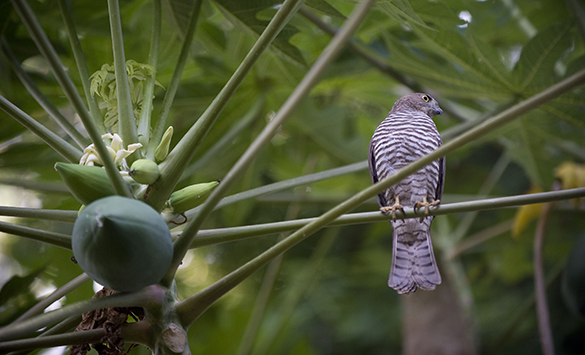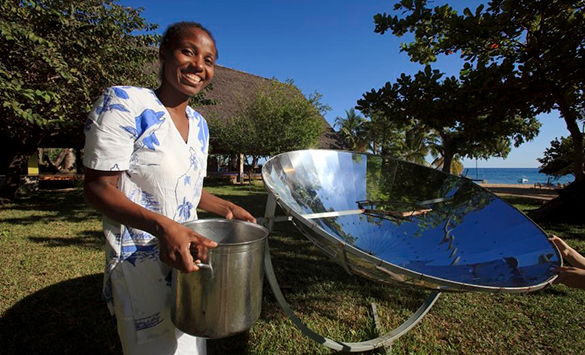
Fauna and Flora
Biodiversity
Madagascar is a country with megadiversity, with high levels of concentration and endemism. Nowadays, the Malagasy ecosystem is the housing environment about 12000 sorts of plants, 370 species of reptiles, 244 species of amphibians, 283 species of birds, 154 species of fishes and 99 species and subspecies of lemurs.
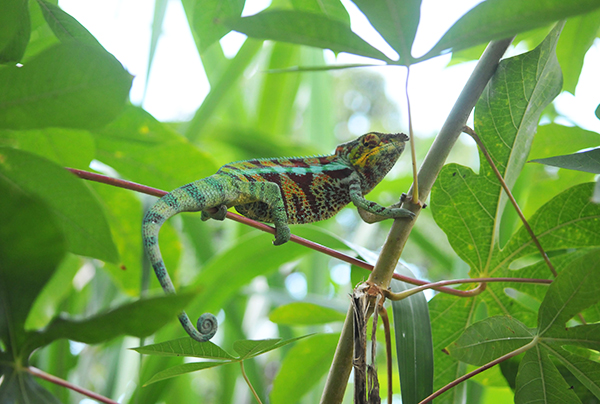
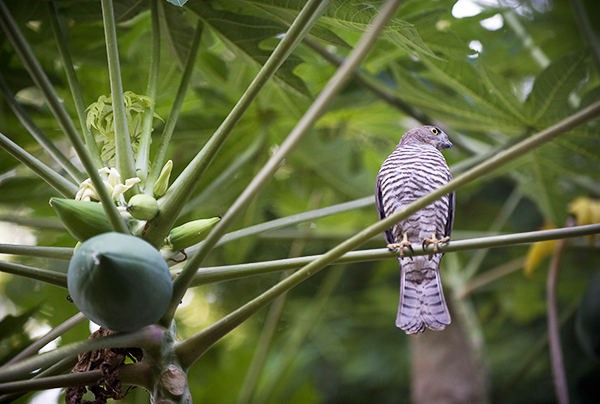
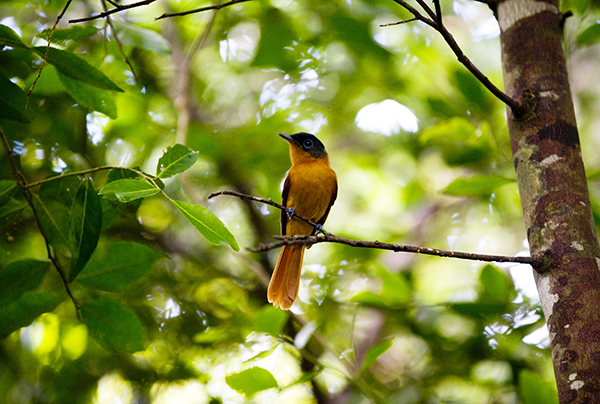
A visit to Eden Lodge allows the visitor to observe up close the extraordinary wildlife : several species of wild lemurs (macaco-macaco), including the noctunal lemur, and crepuscular (phanerfurcifer and microcebussambiranensis) crowding the lodges’s fruit trees and baobabs of the lodge.
Their games of tree in tree and their shouts give rhythm to the evenings in the middle of this park reinvested by its endemic inhabitants. We have even punctually the visit of an aye-aye (Daubentoniamadagascariensis) rare and difficult to observ, last one arrived in this protected site…
You will see the black parrots and vasa and other magnificent endemic birds in Madagascar : Vanga, Coua and Drongo. When it is not dolphins, or whales during their migration, swimming just a stone’s throw from the shore…
Great care has been taken to ensure that Eden Lodge exists in harmony with this exceptional environment, and that any adverse effects are kept to the very minimum.
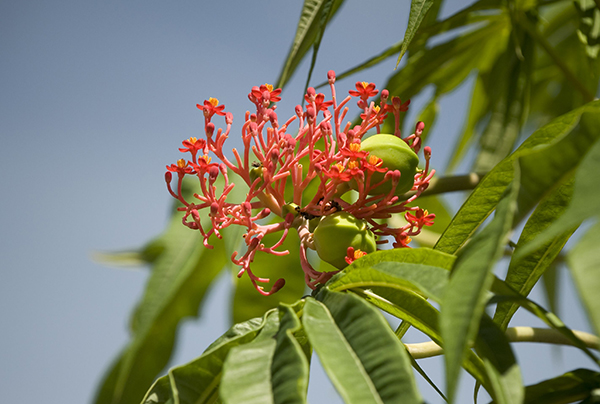
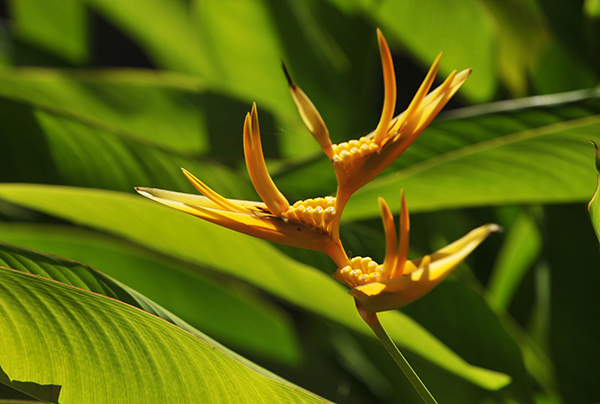
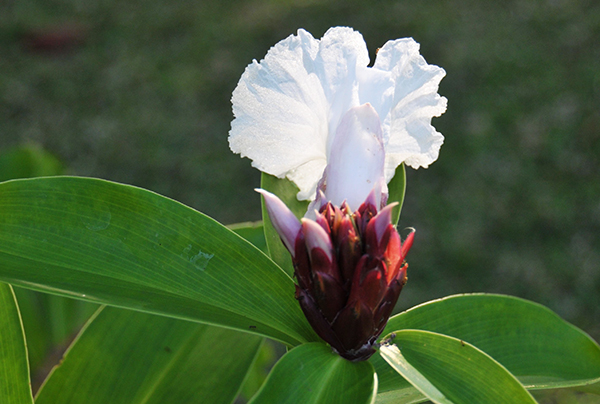
The Green Turtles or Chelonia mydas
It is the one that you will see feeding every morning in front of your lodge
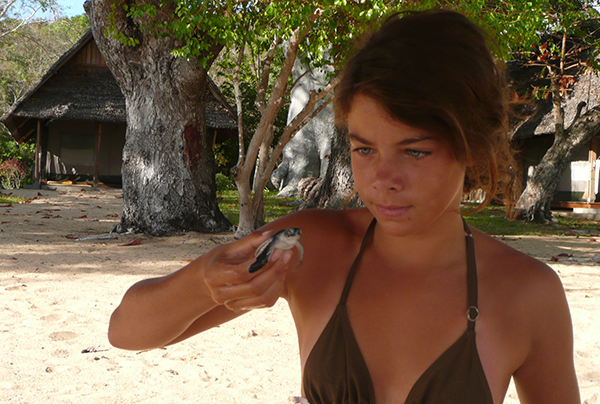
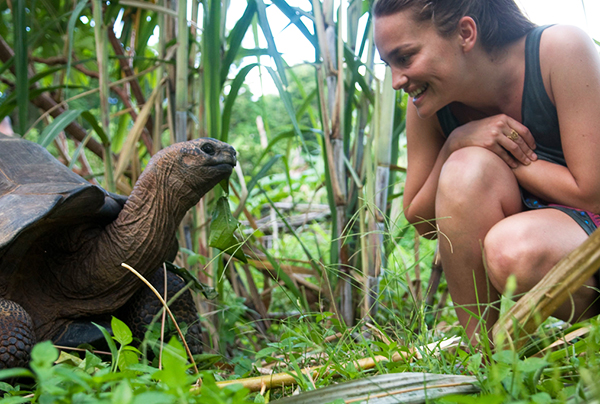
This marine turtle is the biggest Cheloniidae. Its shell is on average 110 cms and the animal weighs between 80 and 130 kg. Certain specimens can reach a 300 kg weight for a lengh of shell of 1,5 m. It is the fastest sea turtle : she can reach a speed of about 35 km/h.
Their herbivore diet distinguishes the individuals of this species, in danger of extinction, from the other sea turtle.
When she reached her sexual maturity, the female comes to lay all 3 or 6 years on the beach where she was born (or the sector) then she return to ocean. She couples near beaches and females are going to lay until there six times, what will set her approximately one and a half month. She begins by making sure of the safety of the beach since the edge of the water. She must not be lined with vegetation, either too wide, or too narrow.
She lays hundred of eggs (from 20 to 250), lungs, of the size of a golf ball. She recorks her hole after approximately twenty minutes of heavyweight . Then she moves forward on about three meters in any direction by throwing some sand behind her so that it is impossible to know where she laid. The remaining holes on the beach are only a delusion. She returns to the sea approximately one hour and a half after having laid. The duration of incubation is from 45 to 70 days following the temperature.
Maybe you will be lucky enough to see a laying or a hatching during your stay, it is an unforgettable moment !
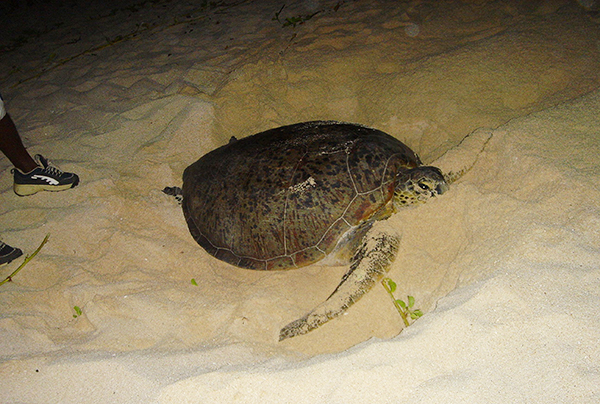
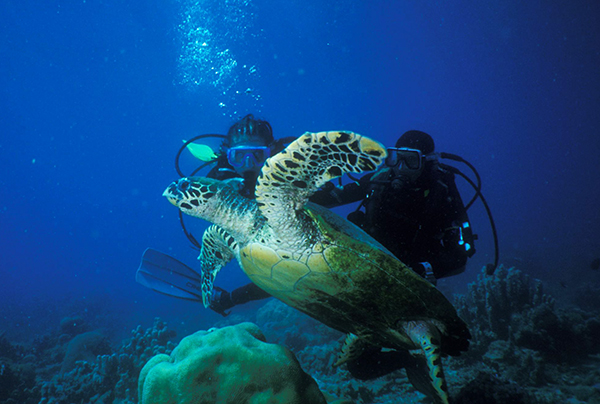
Eden Lodge spirit
Fauna and Flora
